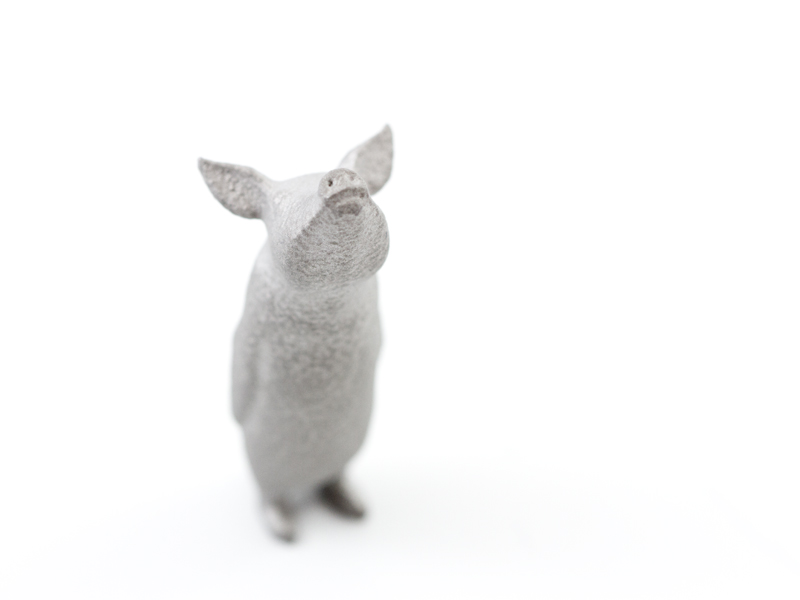
Things just got a little bit more interesting: i.Materialise just dropped their price for aluminum 3D prints.
i.Materialise is the consumer-arm of Materialise, offering a wide variety of advanced 3D print services to the public, including a comprehensive buy/sell design network for those artists wishing to offer their works on a platform with a lot of throughput.
The service has long offered prints in many different materials, now numbering 20. These include not only the usual plastics, but also ceramics, resin, rubber-like and a number of metals including: silver, gold, titanium, copper, steel, brass, bronze and aluminum.
The metals are the most expensive materials, with gold and silver leading the list, of course. The other metals are quite variably priced. Check this list for printing a 20mm half-cube of different solid metals from their configurator, with a ratio from the least expensive metal material, plain old steel:
- Titanium €99.10 (USD$106.55) 4.8X
- Copper €98.74 (USD$106.17) 4.8X
- Bronze €84.37 (USD$90.72) 4.1X
- Brass €82.88 (USD$89.11) 4.0X
- Stainless steel €50.92 (USD$54.75) 2.5X
- Aluminum €38.17 (USD$41.04) 1.9X
- Plain Steel €20.52 (USD$22.06) 1.0X
[Note that these prices are for a specific simple example and pricing ratios would vary considerably for different geometries.]
That’s the current price and notice that the aluminum is at the low end of their metal pricing scale, under double the price of cheap steel. It’s far below the others, which tend to be 4X the cost of steel.
This is because their new pricing reduced the price of aluminum prints by an average of 24%, based on model volume. Their lower pricing starts when the 3D model’s volume exceeds three cubic cm’s and increases thereafter. The maximum discount occurs when the model is at least 22cc’s, at approximately 50%.
This is significant as it takes the pricing from “exotic” levels to something more routine, and should encourage a lot more metal printing. 3D metal printing, by the way, is best done, at least initially, through a service like i.Materialise as it is a very complex process and requires very expensive equipment, facilities and associated equipment.
How did they do this? They say this:
Over the last months we have been working hard on optimizing our metal printing facility and have acquired some of the most advanced aluminum 3D printers in the world – which allow us to print at much lower prices as of today!
What this means in reality is that they’ve probably acquired a more efficient 3D metal printer, like one of the newer EOS machines that have multiple lasers to speed up printing, for example. If they can push more prints through a machine, then the cost of that machine over time is defrayed over more customers, dropping the costs signficantly.
But there’s something else they likely did: optimize their post processing procedures. This is not part of the printing process proper, but is still required and thus must be paid for by the customer. It would involve removal of the print from the machine, cutting it off the base plate, smoothing the edges and removing stray metal particles. These can be expensive to do if done manually, but it’s possible i.Materialise has obtained some automated equipment that shorten – and probably improve – post processing.
Whichever way they accomplished it, the price drop is good thing for everyone, especially those lusting after aluminum prints.
Via i.Materialise

